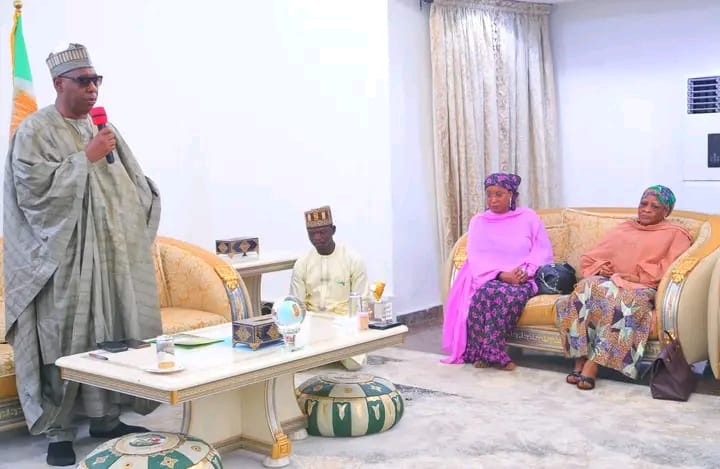If there is one recurring issue of national importance that has impacted negatively on our economic growth characterized by lack of thorough thinking through in the planning process, right from inception it has to be that of abandoned projects. It has also acted as a drain pipe on the country’s resources, eliciting President Bola Tinubu’s recent warning against it.
He stated this during the commissioning of the Vice President’s residence, giving the assurance that prevention of the menace remains one of his administration’s cardinal objectives.
In fact, according to Nigerian Society of Engineers (NSE) about N12 trillion was the whopping sum spent, or rather wantonly wasted on over 56,000 of such abandoned projects, as of December 2021.
Further to this, the Nigeria Institute of Surveyors later put the astonishing figure at N17 trillion, as at June, 2024. Some of the high profile abandoned projects include the Ajaokuta Steel Mills, of which $8 billion has been spent.
This project was conceived in 1979 by the administration of General Olusegun Obasanjo to develop industrialisation and have a functional steel industry in the country; The Mambilla Hydro Power plant which has gulped $5.8 billion, the $10 billion (but disputed by NNPC to be $1.9 billion) spent on the Brass LNG project.
Another high profile abandoned project is the Millennium Tower and Cultural Centre project is one of a number of projects in the Central District of Nigeria’s capital city of Abuja.
At 170 metres, it is the tallest artificial structure in Abuja. Construction for the tower started in 2006 and was topped out in 2014 whilst the cultural centre is still under construction.
Others are dilapidated schools, folded facilities at healthcare centres, half- built hotels, and of course, decrepit roads leading to nowhere! Not only have they fuelled corruption in both the public and private sectors, they have also stifled job creation and constituted an environmental damage and decadence.
Most, if not all of them usually begin as fanciful and fascinating projects, promoted as the solution to enhancing the people’s human development index. But along the line, delays and discrepancies step in to stall what would have improved the livelihood of the communities they were meant to benefit. What could be the root causes of the disturbing matter of abandoned projects? That is the million
And laws should be made pertaining to projects that could enhance job creation and prosperity not to be abandoned irrespective of which political party comes to power
naira question. As derived from in-depth research findings carried out by both the Chartered Institute of Project Management of Nigeria (CIPMN) and the Nigeria Society of Engineers (NSE) these include lack of articulated vision and objectives; lack of adequate planning right from the outset, and of course, inadequate funds and budgetary allocation.
Other causative factors include poor budgetary performance, not carrying the community leaders along right from the beginning, unexpected financial pitfalls and unapproved infrastructural vision.
One other reason traced to the persisting challenge of abandoned projects is policy flip-flop caused by changes in government. That is coned up, either by change from the military junta to civilian, democratic dispensation, or from one political party to another.
Over the years, humongous sums have been wasted on other projects like the Abuja CCTV ($460 million), Rivers State Monorails ($400 million), Dredging of River Niger (N34 billion), Katsina Windmills (N44 billion), and Tinapa Resorts ($350 million). But there is more to it than meets the eye. For instance, the long- abandoned Nigerian Airways company comes to mind.
What began as a promising project in 1958, as West Africa Airways Corporation, with Nigeria as the biggest shareholder with 20 air planes and employed over 8,000 members of staff across the Sub-region and Europe gradually declined into a broken dream in the 1980s.
The reasons for this abandonment included the owners’ kowtowing to stifling IMF economic policies, crass corruption in high places and of course, mismanagement. Not even former President Muhammadu Buhari’s aim of resuscitating it in 2019 could see the light of day.
In fact, the Danish Consulting firm given the project of re-designing the logo could not live up to expectation. It has therefore become necessary for the close and sustained assessment and monitoring of all projects at the state and federal government levels by a special committee set up at their various legislative chambers.
Furthermore, all the stakeholders, including leaders of the communities where such are located should be carried along right from inception. And laws should be made pertaining to projects that could enhance job creation and prosperity not to be abandoned irrespective of which political party comes to power.
.png)
 1 hour ago
5
1 hour ago
5









 English (US) ·
English (US) ·